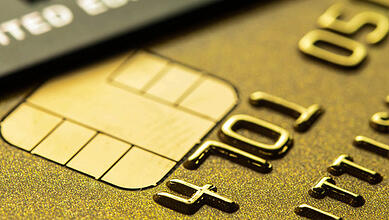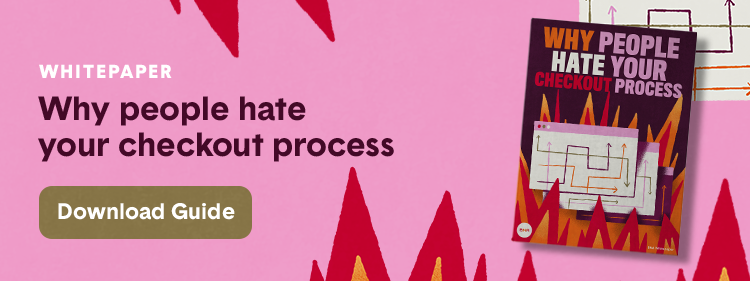 Credit card chargebacks are a headache for not only the merchant but also for the credit card processing companies. Chargebacks can create major setbacks with merchants not receiving their money for goods and services that may have been already provided to the cardholder. Credit card chargebacks can really cut into the profit for both small business owners and larger firms, not to mention the time spent on fighting the credit card chargeback.
Credit card chargebacks are a headache for not only the merchant but also for the credit card processing companies. Chargebacks can create major setbacks with merchants not receiving their money for goods and services that may have been already provided to the cardholder. Credit card chargebacks can really cut into the profit for both small business owners and larger firms, not to mention the time spent on fighting the credit card chargeback.
Although chargebacks cannot be 100% avoided, there are some clear steps that all sized merchants can take to drastically reduce their costly occurrence. The more a merchant knows about proper payment processing procedures, the less likely it is a will be hit with a credit card chargeback from a customer. The following will help provide some much needed information regarding credit card chargebacks and the steps to take to avoid them.
What is a Chargeback?
Chargeback typically refers to the act of returning funds to a consumer through the credit card company or issuing bank. The issuing bank of the card used by the customer to settle a debt or transaction forcibly initiates the credit card chargeback action. Essentially what happens is a consumer disputes a transaction whether the transaction was card present, or card not present, and the credit card company’s bank responds by refunding the cardholder and sending a notice to the merchant regarding the returned funds.
Customers dispute charges to their credit card usually when goods or services are not delivered within the specified time frame, goods received are damaged, or the purchase was not authorized by the credit card holder — the latter being the most common reason for a chargeback due to fraud or additional charges that were not clearly disclosed during the purchase.
The chargeback mechanism exists primarily to protect the cardholder, but can sometimes be used by cardholders in a fraud or scam scenario.
Why do Chargebacks Happen?
Here’s a roundup of the most common reasons a chargeback is filed:
- The credit card was fraudulent.
- The cardholder disputes the quality or receipt of merchandise.
- The amount charged to the card was incorrect.
- Processing errors were made during the transaction.
- Proper authorization was not obtained.
- The merchant did not fulfill a retrieval request.
Key Tips for Dealing with Fraud in card present environment
So what can you do to prevent fraud and credit card chargebacks when you find yourself face-to-face with a potential fraudster? The following tips are intended to keep your staff and your business from being the victim of fraud and help you avoid credit card chargebacks when conducting in-store transactions.
- Never accept an expired credit card regardless of I.D being presented
- Always inspect the card. Keep the card throughout the transaction. Never accept a card that appears to have been manipulated or signature is missing from the back.
- Always use the chip function of the card through an EMV and PCI compliant terminal. If the card will not swipe, ask for another form of payment.
- Do not manually enter credit card information, unless the transaction is done over the phone, and in this case, when the customer comes in to pick up the goods, get an imprint of the card, a signed receipt, and ask for I.D
- In addition, if you are handwriting a sales draft, you need to fill out the draft completely with the transaction date and items purchased.
- Compare the name printed on the electronic sales receipt to the name embossed on the card.
- Make sure the signature panel has not been tampered with.
- Compare the signature on the sales draft and the back of the card. The card must be signed. If the card is not signed, have the customer sign the card in front of you, and then check the signature on a picture ID. If the signature on the back of the card does not match the signature of the sales draft, do not continue with the sale.
- Use the account number-verifying terminals or visually compare the last four digits of the embossed account number to the four digits printed on the sales receipt to determine they are the same numbers in the same sequence.
- Also compare the four digits printed on the card with the first four numbers embossed on the card. The first four numbers should always match. If they do not, do not complete the transaction and notify the authorization center.
- If you receive a “call center” or “pick up card” message through your terminal, call the authorization center immediately and follow their instructions to the letter!
- If you receive a “do not honor” or “decline” message through your terminal, do not proceed with the transaction. DO NOT try again for an authorization; there is no protection for a transaction after you have received a “decline” or “do not honor” message, even if you receive an approval code on a second or third or fourth attempt.
With the information provided, and the steps given to help reduce credit card chargebacks, you are prepared to start accepting credit cards at your business protecting not only your business, but the cardholder also.
For more information, please contact our helpdesk.



